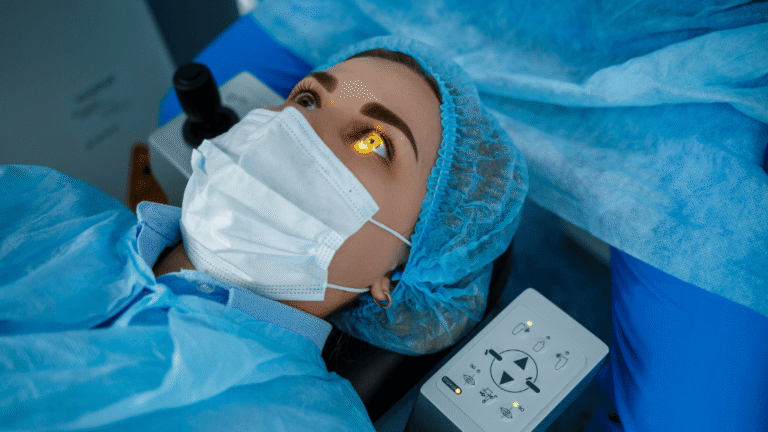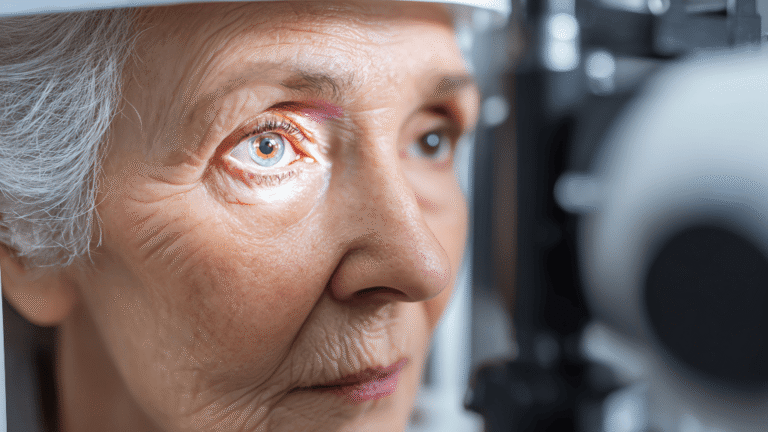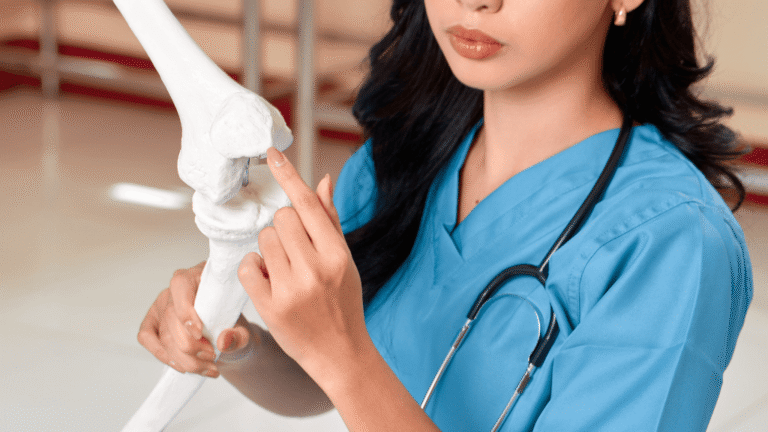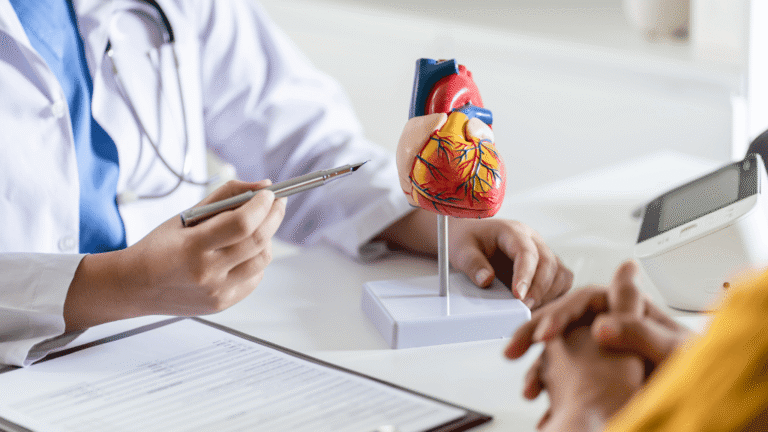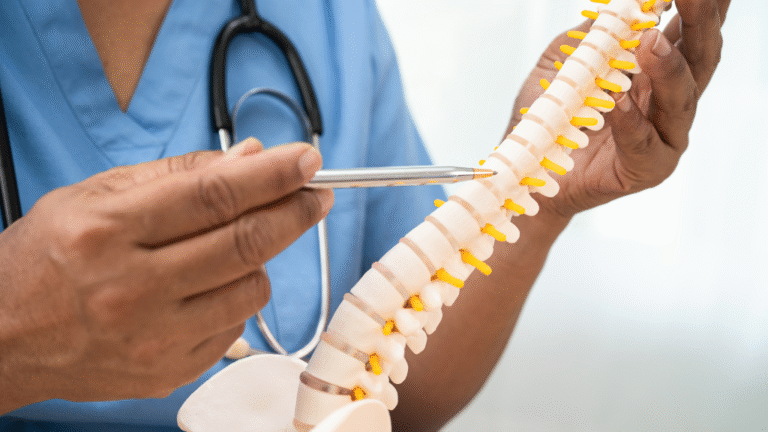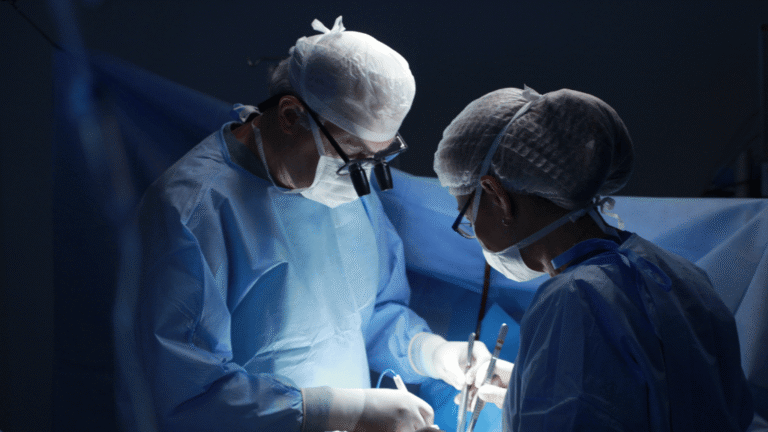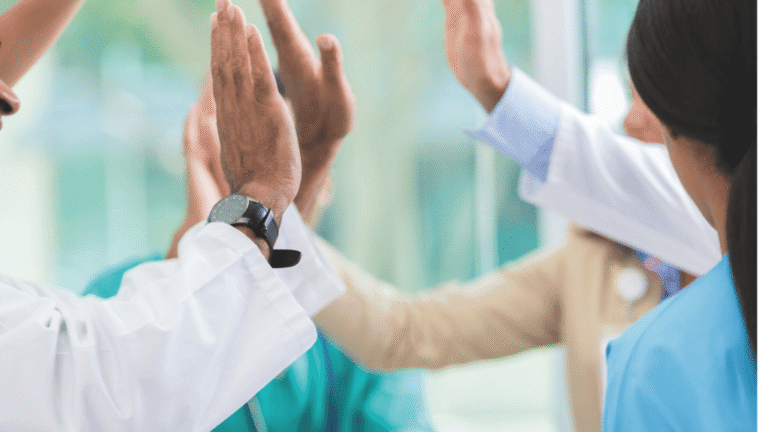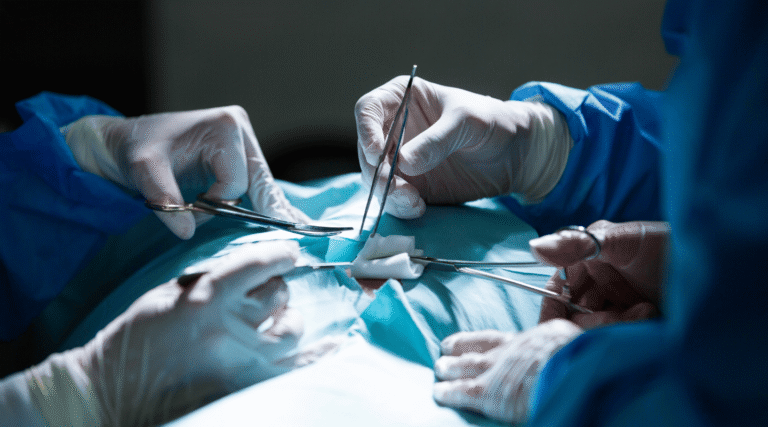At Ribera Health Group, especially at our specialized center, IMSKE Hospital in Valencia, we frequently receive a key question from athletic patients—both young and adult: after a knee replacement surgery or knee arthroplasty, can I return to sports?
The answer, with the right approach, is yes. Many of our patients have successfully returned to their favorite sports activities. Let’s explore in detail how to make it possible.
For more information about the surgical procedure, types of implants, and postoperative recovery, you can visit our section on knee replacement.
What sports can I practice after knee replacement surgery?
After a joint replacement, it’s essential to choose appropriate sports to protect your new joint and avoid premature damage or wear.
Recommended sports after knee joint replacement:
- Swimming: Offers full-body muscular resistance with no impact, ideal for strengthening muscles and improving joint mobility. Especially recommended in the early postoperative stages.
- Cycling: Excellent for strengthening quadriceps and glutes without direct impact on the joints. You can start with a stationary bike and progress to outdoor cycling.
- Hiking and walking: Moderate activities that improve cardiovascular endurance, strengthen the knee muscles, and support active recovery.
- Golf: A low-impact sport with controlled movements, suitable after full rehabilitation.
- Yoga and Pilates: With initial modifications, these disciplines strengthen stabilizing muscles and improve flexibility.
Sports with precautions or limitations:
- Running: Possible in some cases, although it involves high impact. A gradual and specialist-supervised approach is recommended.
- Tennis and padel: Possible at recreational levels after complete rehabilitation, preferably avoiding aggressive movements and jumps.
Generally discouraged sports:
- Contact sports like football, rugby, and martial arts, due to the high risk of impact and injury.
- Sports involving intense repetitive jumping like competitive basketball or high-level volleyball.
The crucial importance of the sports rehabilitation plan at IMSKE
At IMSKE, we understand that returning to sports requires thorough and personalized planning, which is why we offer:
- Specialized initial assessment: We evaluate your physical condition and sports expectations to develop a personalized recovery plan.
- Advanced physiotherapy: Specific exercises to improve muscle strength, balance, proprioception, and flexibility—key to athletic performance.
- Functional movement re-education: Correction of postural and biomechanical patterns to prevent new injuries and optimize joint function.
- Controlled progressive training: Constant supervision by specialists to ensure a safe transition from basic exercises to more demanding sports.
Advanced technology at IMSKE Hospital for athletes
At the hospitals of Ribera Care International, especially at IMSKE Hospital in Valencia, we continuously invest in technology to facilitate a return to sports:
- Robotic surgery: Offers surgical precision that ensures better alignment, stability, and longevity of prostheses.
- 3D-printed customized prostheses: Significantly improves prosthesis fit and performance, allowing greater safety in sports practice.
- Advanced biomechanical analysis: Evaluates sports technique and helps optimize movement, preventing injuries.
- State-of-the-art imaging diagnostics: Enables rigorous monitoring and appropriate adjustment of the rehabilitation and training plan.
IMSKE and its close collaboration with professional and amateur sports
IMSKE Hospital in Valencia maintains a strong commitment to both professional and amateur sports, actively collaborating with major sports federations and clubs:
- Valencia Athletics Club: We provide comprehensive care and specialized follow-up to elite and amateur athletes, offering evaluations, injury prevention, and advanced treatments.
- Triathlon Federation of the Valencian Community: We are strategic partners, providing medical support and comprehensive rehabilitation for triathletes to optimize performance and prevent injuries.
- Valencia Tennis Club: We provide specialized medical support, early injury diagnosis, and personalized recovery programs for professional and youth tennis players.
- Valencian Football Federation: We closely collaborate with this federation, performing medical evaluations, specialized surgical treatment, and rehabilitation for players from various affiliated clubs.
- Professional and amateur cycling teams: IMSKE regularly treats and advises local and national cycling teams, offering medical services, advanced biomechanics, and comprehensive recovery after injuries and surgeries.
At our IMSKE Hospital in Valencia, we understand the value of sports in your life and work with commitment to help you fully regain your physical activity. We have a multidisciplinary medical team, cutting-edge technology, and a privileged environment in Valencia that promotes comprehensive recovery. Here you will find professionals in knee surgery, hip surgery, and many other advanced treatments for orthopedic, sports, and rheumatologic conditions.
In addition to IMSKE Hospital, Ribera Health Grou has a network of healthcare centers in different regions of Spain, all committed to medical excellence, technological innovation, and personalized care. You can learn about all the group’s hospitals and their specialties at the following link: Hospitals of Ribera Health Group.
If you are considering a joint replacement, such as knee joint replacement, and your goal is to return to sports, do not hesitate to contact Ribera Health Group through this contact form. Our team is ready to help you safely and confidently return to your active life.
Frequently Asked Questions about Knee Replacement Surgery and Sports
How long should I wait to return to sports after knee arthroplasty?
It is generally recommended to wait between 3 to 6 months, depending on your progress and rehabilitation. The return should be gradual and supervised by specialists.
Does a knee prosthesis have a limited lifespan?
Yes, prostheses typically last between 15 and 20 years, although this may vary depending on usage, physical activity, and postoperative care.
What precautions should I take to protect my prosthesis during sports?
It’s important to follow the rehabilitation plan, avoid abrupt movements or overload, wear appropriate footwear, and perform muscle-strengthening exercises.
Does robotic surgery improve outcomes for athletes?
Yes, robotic surgery allows for more precise prosthesis placement, better alignment, and greater durability, facilitating a safe return to sports.
What symptoms indicate I should consult a doctor after starting sports activity?
Persistent pain, swelling, joint locking, or instability are signs that you should see a specialist as soon as possible.



